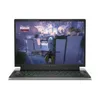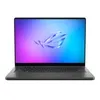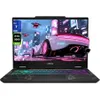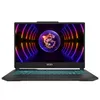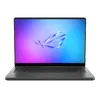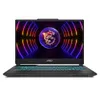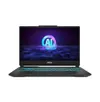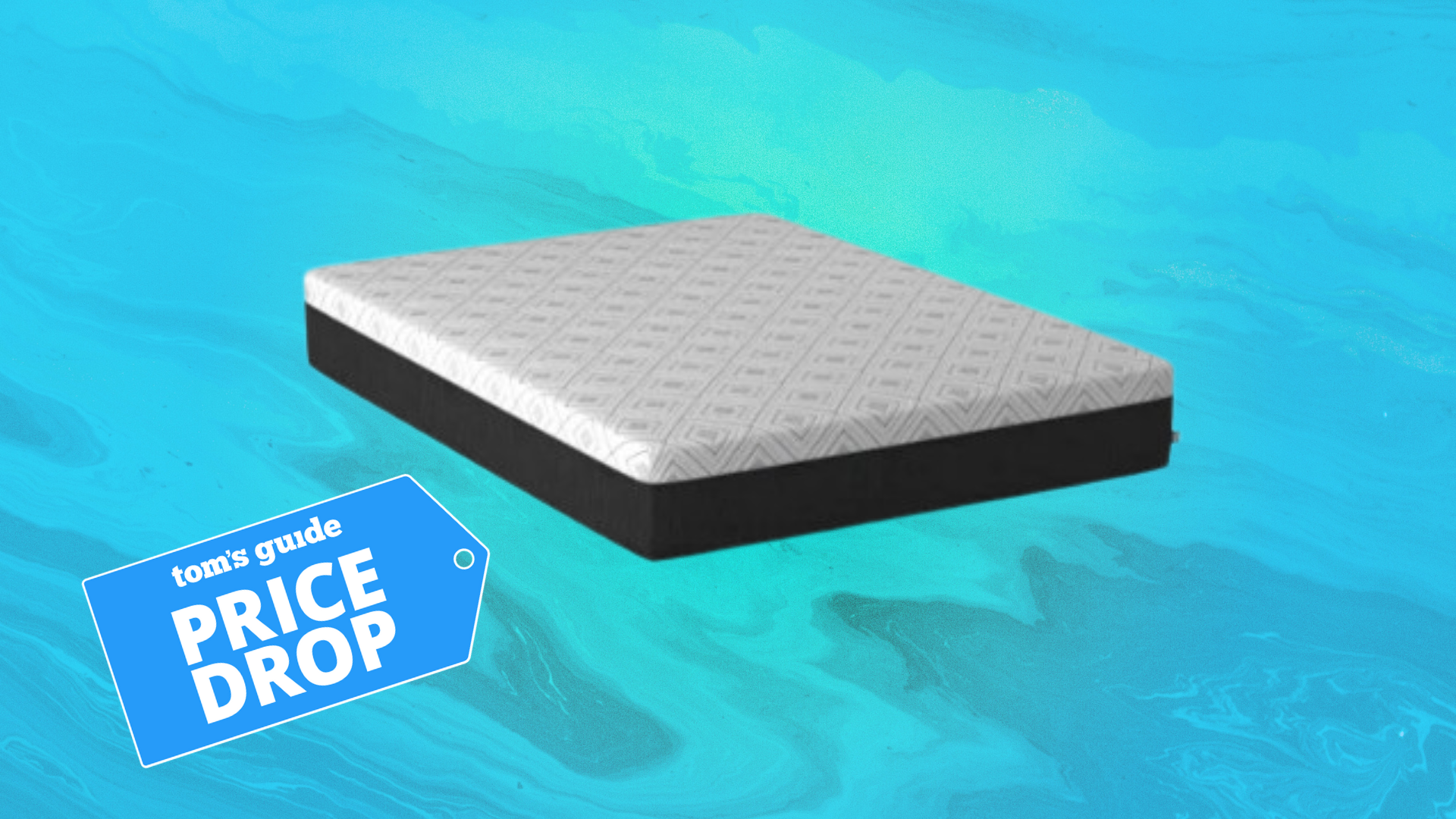I finally tried magnetic key switches, but I never thought I'd find them in a split keyboard that's also wireless
Very comfortable to type on but even better for gaming
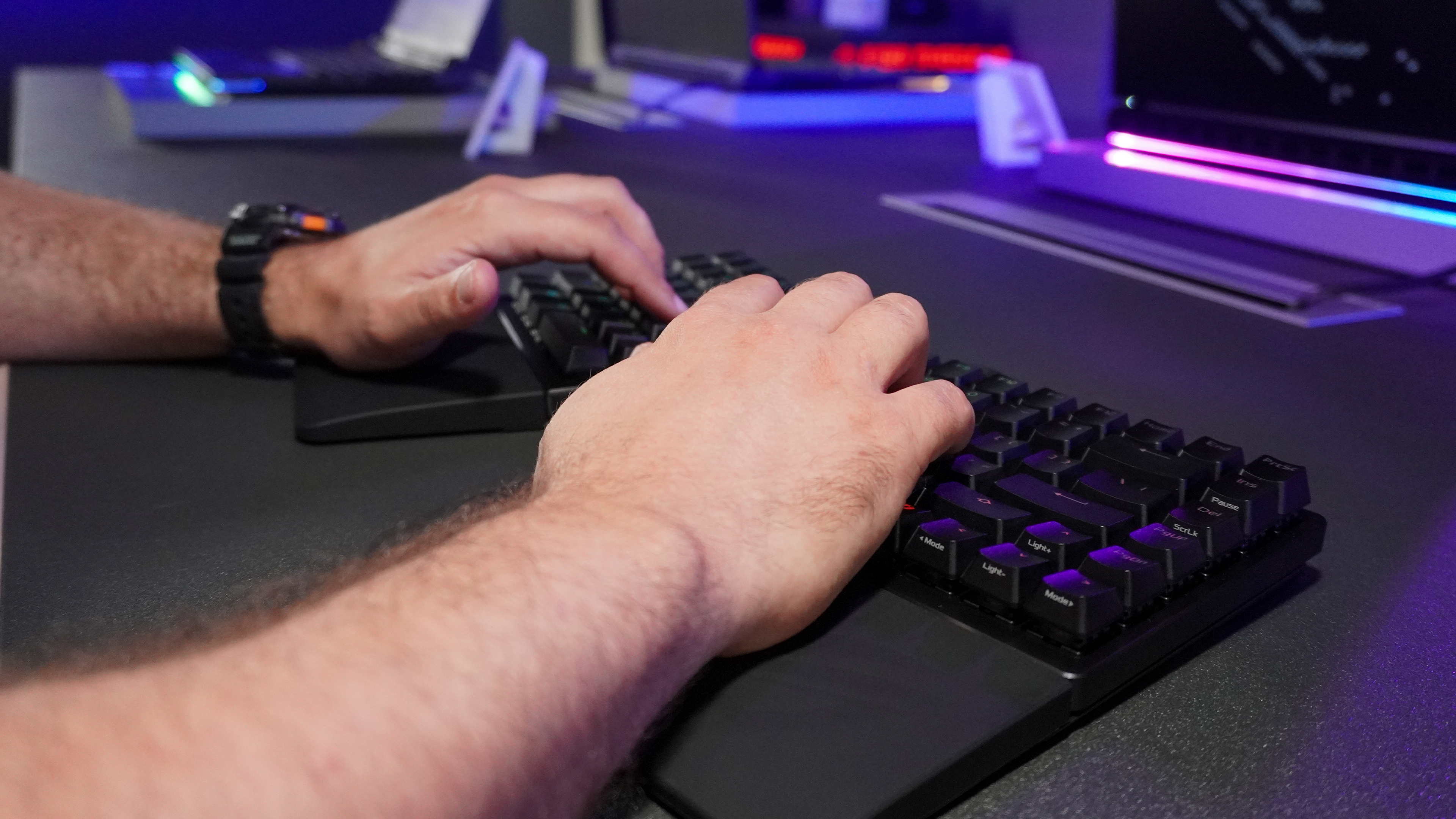
When I went to Asus’ headquarters to see all of their new products ahead of the first day on the show floor at Computex 2025, I wasn’t expecting a new keyboard to be revealed, especially a split one with magnetic switches. Oh, and did I mention it’s also wireless?
Just like when magnetic Hall Effect sensors first made their way to the best PC game controllers, I’ve been itching to try out these new magnetic sensors that are becoming increasingly popular in gaming keyboards. While these sensors help prevent stick drift in your controller, on the best mechanical keyboards, they provide you with greater accuracy. This is because you can fine-tune their actuation point (or where a keypress is registered when you press down on a key) to your liking.
Over the past few years, we’ve seen all sorts of magnetic keyboards from companies like Keychron and Nuphy. While it was inevitable that bigger brands would join the fray, I never expected to find magnetic switches in a split keyboard from Asus.
Here’s everything you need to know about Asus’ new ROG Falcata keyboard and why it’s just as good for typing as it is for gaming.
As adaptable as it is customizable
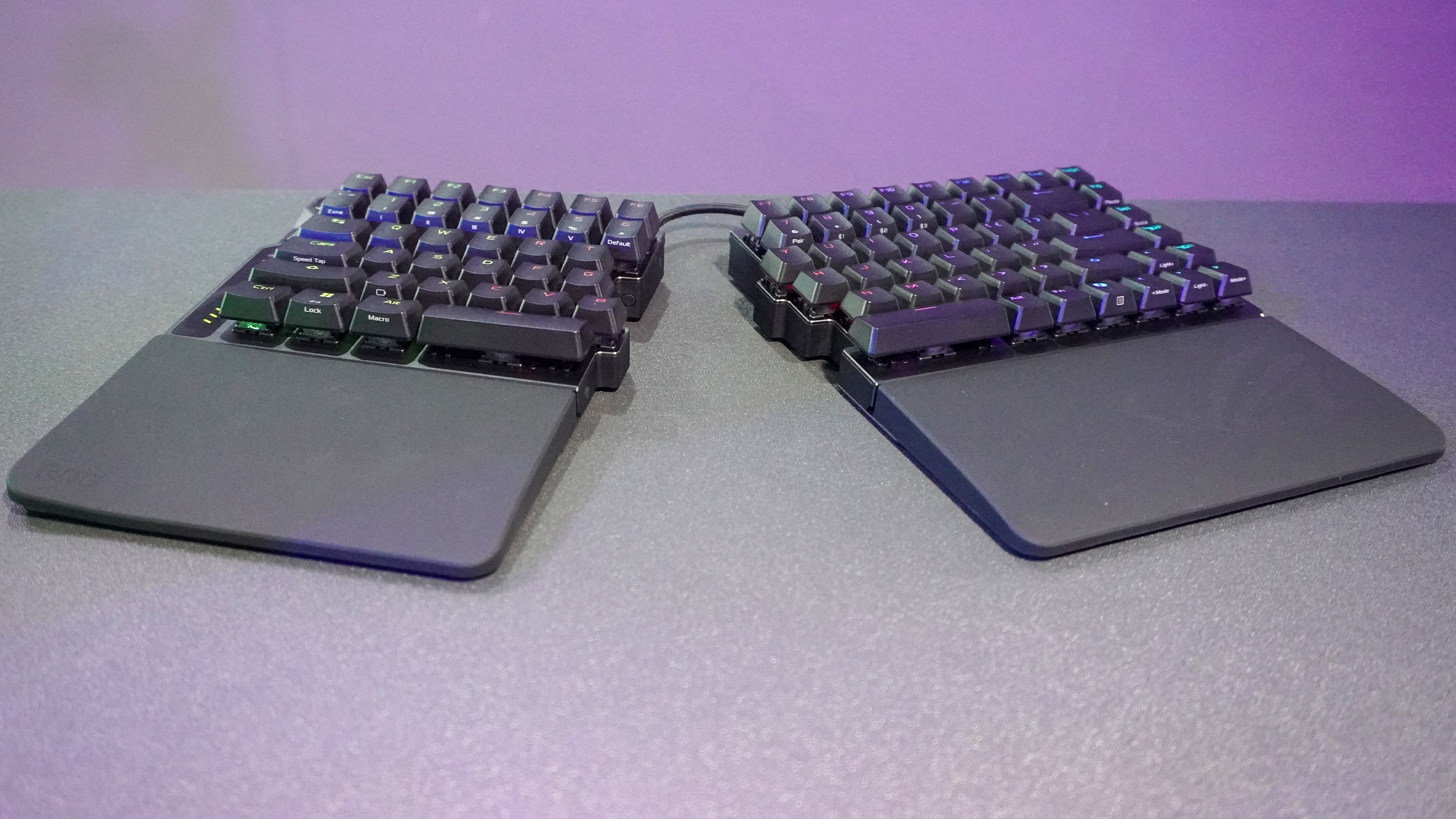
Unlike a traditional keyboard, the ROG Falcata is split in half right down the middle, though you can put both ends together if you prefer. Designed with gaming in mind, this 75% keyboard is just as good for typing due to its split design.
You see, with a split keyboard like this, you can separate the two halves, which allows your hands to rest in a more natural position with them further apart. The ROG Falcata also comes with removable wrist rests that have a nice soft feel to them, which makes sense given that they’re made of silicone. But that’s not the only way you can customize this keyboard to your liking.
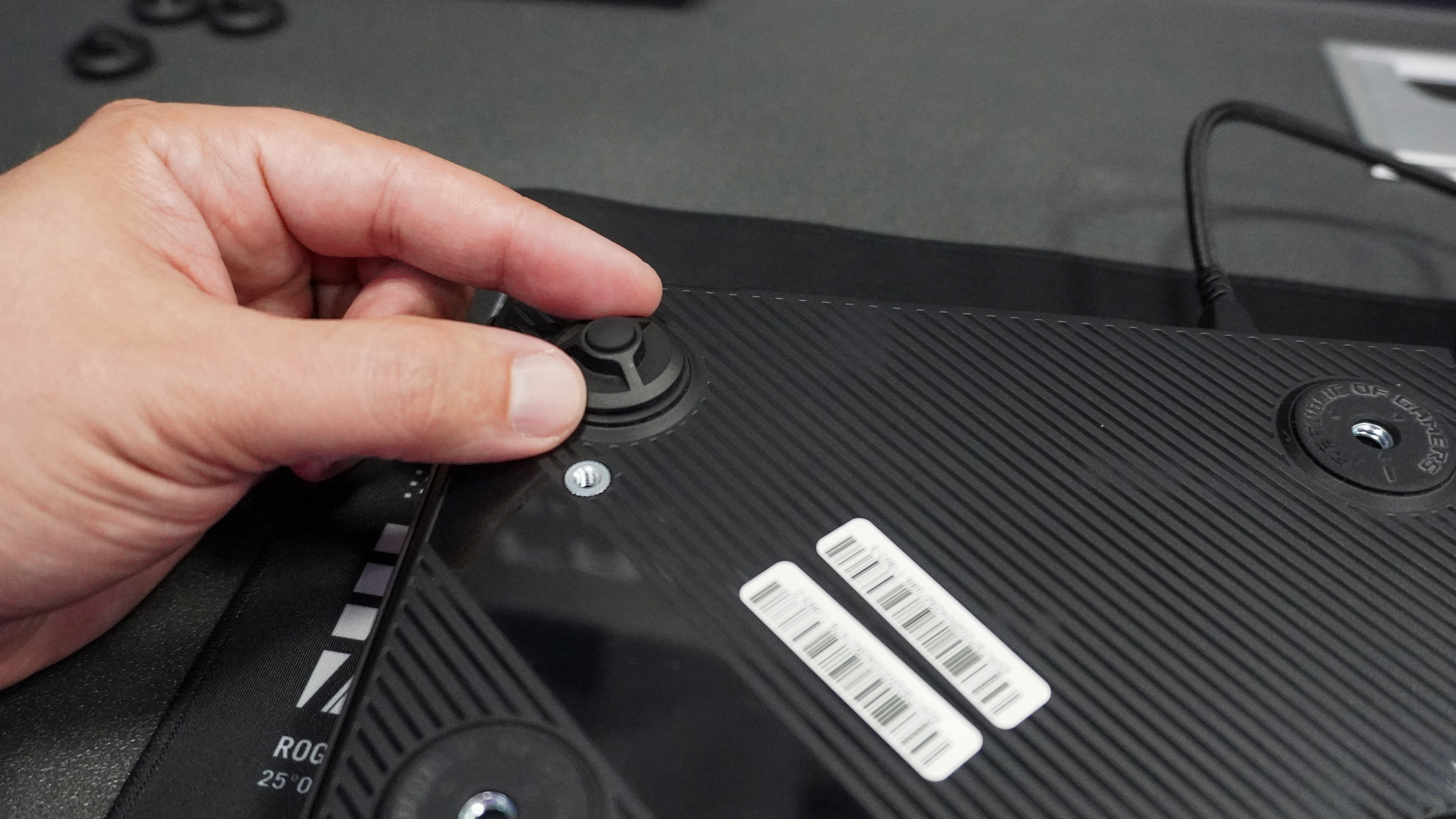
When you flip the ROG Falcata over, besides attaching or removing the wrist rests, you can also adjust its height and angle. In the picture above, you can see the extra feet Asus includes with the Falcata. They allow you to raise the entire keyboard or just a part of it.
Get instant access to breaking news, the hottest reviews, great deals and helpful tips.
For instance, you might want the middle of your keyboard to be higher so that it has a tent shape to it. I’ve seen this feature in some of the other split keyboards, but instead of removable feet, they often just have ones you can raise or lower. With the ROG Falcata, Asus is giving you quite a bit of flexibility in how you want to use it.
As is the case with many other split keyboards, you don’t have to use both sides at the same time. Instead, you can just use the left side so that you have plenty of space on your desk for one of the best gaming mice. This also makes the Falcata easier to travel with if you know you’re just going to be using it for gaming, since you only need to bring one side of the keyboard.
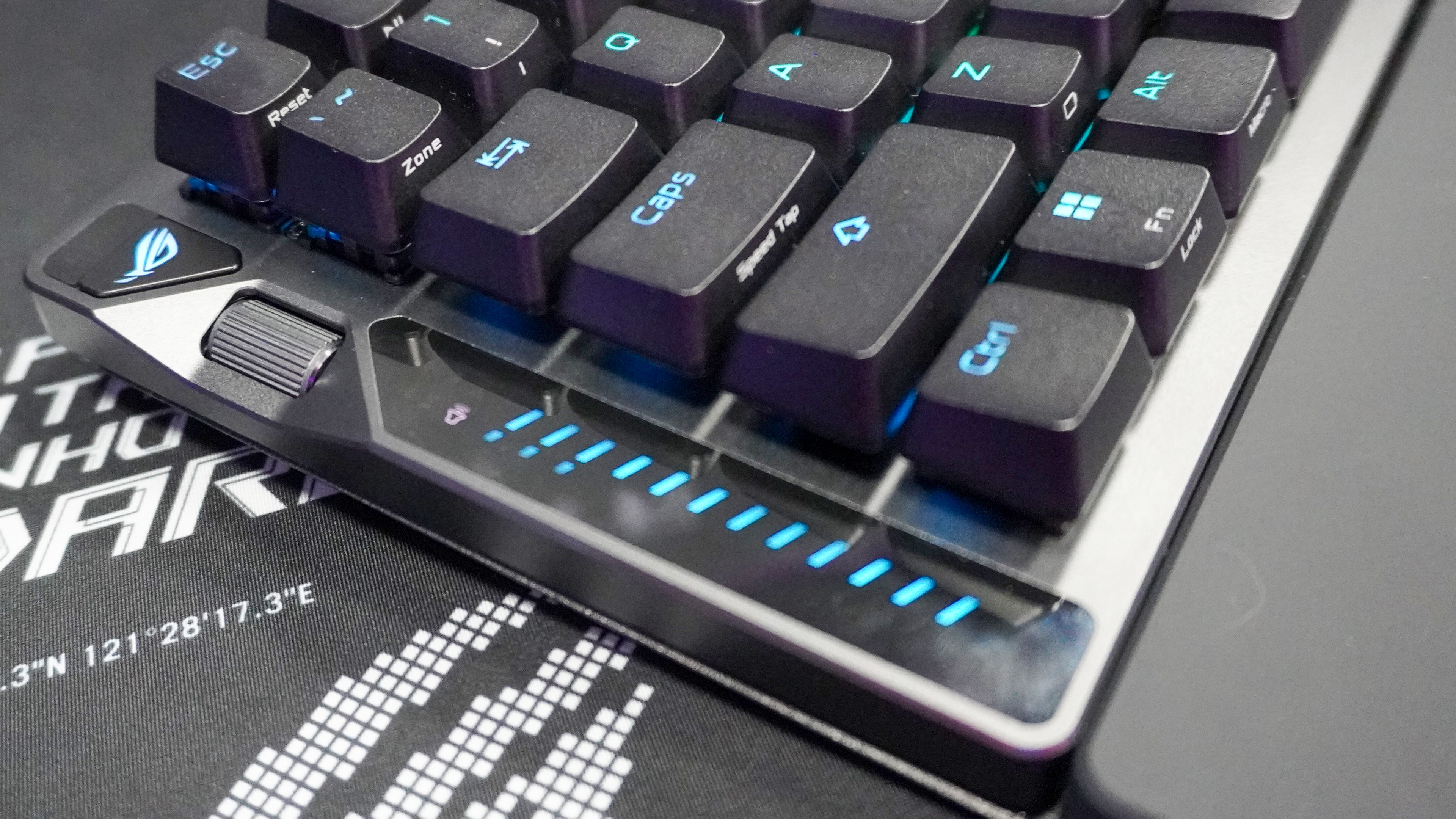
On the left edge of the ROG Falcata, there’s also a multifunction wheel and button that allows you to customize it even further. You can use the wheel to tweak a variety of settings from the actuation point of its keys to the sensitivity of its Rapid Trigger feature, volume, media playback, keyboard lighting and more.
Meanwhile, the button with the ROG logo above the wheel lets you easily switch to the fastest typing response and key repeat rates with a single tap. I don’t know about you but I love being able to adjust my computer’s volume with a knob or a wheel like this one so that I don’t have to do so from within Windows itself or directly on a pair of the best computer speakers.
Magnetic precision
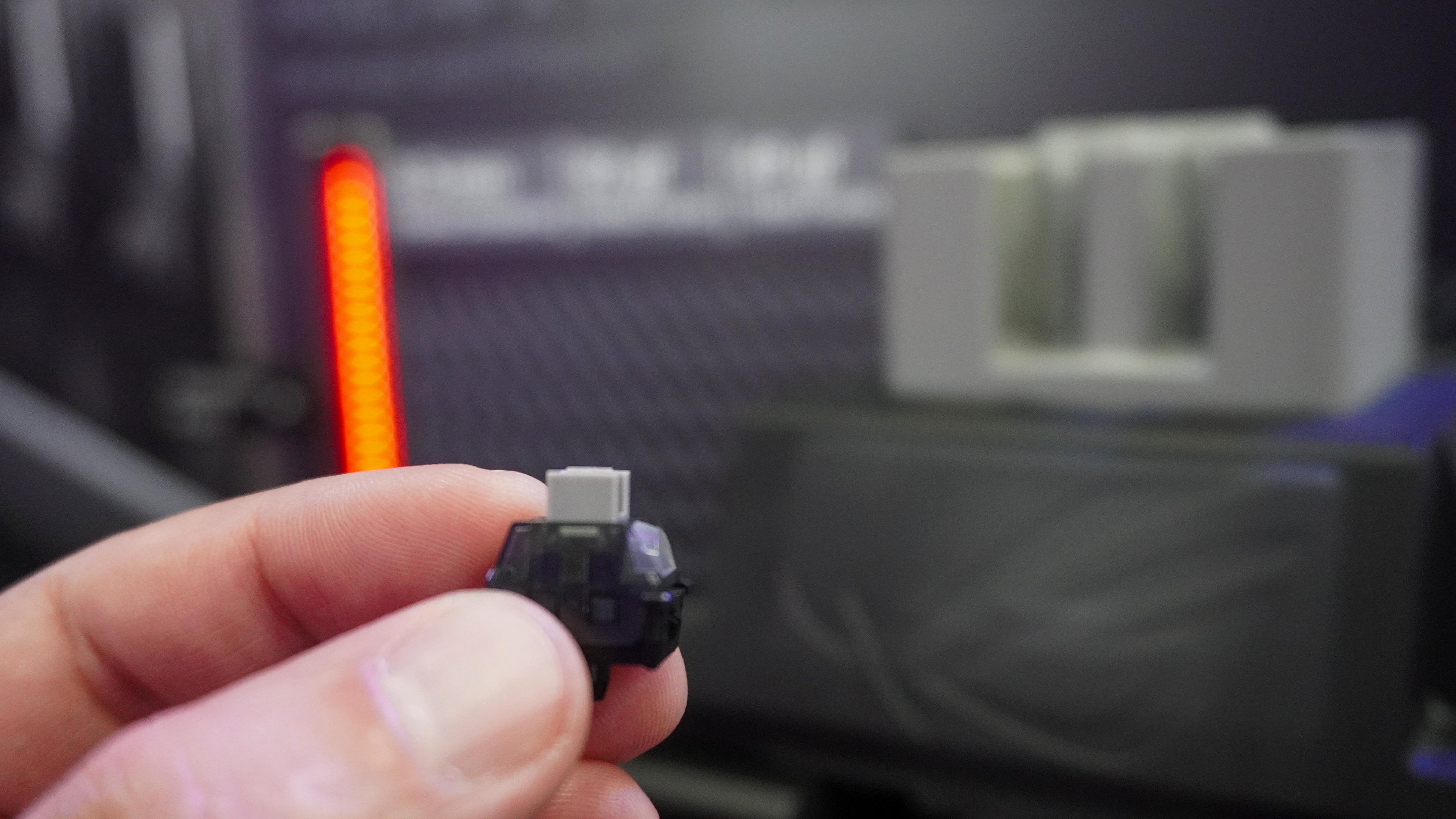
For the ROG Falcata, Asus has given its magnetic key switches some serious upgrades. These pre-lubed switches have been redesigned from the ground up with a new snap-fit stem design that makes them more stable while also delivering more consistent keystrokes.
At the same time, Asus has increased the size of its built-in magnets for improved precision and better accuracy. The switches can be customized for 0.1-3.5mm actuation, though you can also fine-tune them at 0.01mm intervals.
Thanks to Asus’ ROG Hall Sensors, you get more accurate input detection while reducing electrical noise and interference. However, their increased magnetic flux tolerance also makes them more precise overall.
The ROG Falcata features an ultra-responsive 8,000 Hz polling rate. And thanks to Asus’ ROG SpeedNova 8K wireless technology, the keyboard has a whopping 610 hours of battery life. We will have to put this to the test ourselves, but with that much battery life, you’ll rarely need to charge this keyboard, which makes jumping right back into your favorite games even easier.
With tri-mode connectivity on board, you can connect the ROG Falcata to one of the best gaming PCs over Bluetooth, using the included 2.4GHz wireless dongle. If you’re an old-school PC gamer who wants the least amount of lag possible, you can always plug it in using a USB-C cable.
In addition to more accuracy and better precision, Asus has also considered the keyboard’s sound. The ROG Falcata has four integrated layers of dampening foam and other materials so that your typing won’t distract your teammates or coworkers if you plan on using this keyboard in the office.
ROG Falcata outlook
It’s rare to find one of the best gaming keyboards that’s as comfortable to type on as it is to play games with, but the ROG Falcata checks both those boxes. Its split design lets your hands rest in a more natural position while its magnetic ROG HFX V2 switches give you both greater accuracy and control over your keystrokes.
Obviously, this is one we’re going to have to get in for testing, but during my brief time with the ROG Falcata at Asus’ headquarters, I was very intrigued by both its design and how nice it felt to type on. Given that this is the company’s first split keyboard and it’s a wireless magnetic one at that, I expect it will be priced higher than some of its other offerings, as Asus hasn’t given us a final price yet. Still, you’re getting a very customizable keyboard with free attachable wrist rests in the box.
I spent quite a few years using a split keyboard for better ergonomics, but at the time, I didn’t really have a lot of choices to pick from. Even then, most of them had to be connected to your PC using a cable, and your keycap options were quite limited due to the fact that many of them use non-standard-sized keycaps.
The ROG Falcata is scheduled to be released this summer, and I can’t wait to literally get my hands on it. Let me know in the comments if you’ve ever used a split keyboard or would consider doing so. But for all the latest from on the ground at Computex 2025, stay tuned to Tom’s Guide.
More from Tom's Guide
- I pixel-peeped the world’s fastest gaming monitor — after testing 610Hz, real-life feels laggy
- Meet the weirdest gaming PC I’ve ever seen — desktop GPU with a laptop CPU!?
- I got tired of having a bad remote play experience so I used Wi-Fi 7 and this powerful gaming tablet to fix it for good

Anthony Spadafora is the managing editor for security and home office furniture at Tom’s Guide where he covers everything from data breaches to password managers and the best way to cover your whole home or business with Wi-Fi. He also reviews standing desks, office chairs and other home office accessories with a penchant for building desk setups. Before joining the team, Anthony wrote for ITProPortal while living in Korea and later for TechRadar Pro after moving back to the US. Based in Houston, Texas, when he’s not writing Anthony can be found tinkering with PCs and game consoles, managing cables and upgrading his smart home.
You must confirm your public display name before commenting
Please logout and then login again, you will then be prompted to enter your display name.


